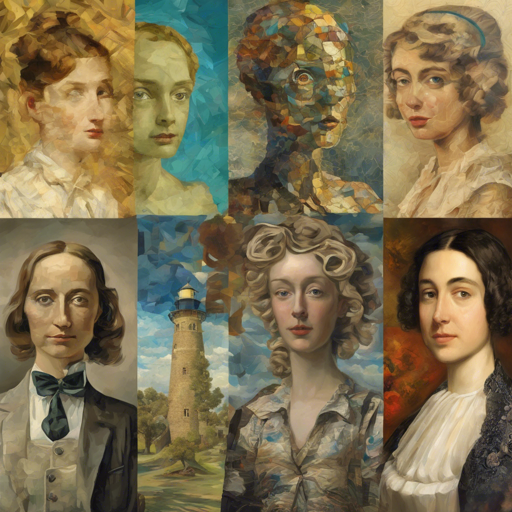Style Transfer is an exciting process that enables the modification of an image’s style while preserving its content. Imagine being able to take a beautiful painting and overlay it onto a snapshot of your favorite landscape, achieving a unique blend of the two. In this blog, we will walk you through the steps, principles, and troubleshooting of Style Transfer using Convolutional Neural Networks (CNNs).
What is Style Transfer?
Style Transfer is the technology that allows you to merge the content of an image with the artistic style of another. Given an input image and a style image, the result is an output image that maintains the original content but presents it in a new artistic guise. You can dive deeper into the topic through the following resources:
How Does Style Transfer Work?
Style Transfer involves a series of steps to achieve the desired artistic effect. Let’s break it down using an analogy:
Picture a chef wanting to create a new dish. The chef has a special recipe (the input image) and wants to incorporate a distinct flavor (the style image) from another dish. However, the goal is to ensure that the main ingredients (the content) remain intact while enhancing them with an enticing flavor. Here’s how that relates to the process of Style Transfer:
- The chef—analogous to our algorithm—begins by selecting both the main dish and the flavor, ensuring they are in compatible portions (resize input and style images to equal shapes).
- Next, the chef uses a well-rounded cookbook (the pre-trained CNN, VGG16) that contains methods to identify key ingredients that affect taste (style) and visual presentation (content).
- By recognizing specific layers of flavors and presentation, the chef prepares both independently, focusing on maintaining the essence of the dish while enhancing it with the desired flavor.
- The final creation is like a recipe optimization challenge, where the chef has to adjust seasoning (gradients) to balance the dish, ensuring the content (main ingredients) isn’t lost and the style (flavor) is adequately infused. The three primary adjustments made include:
- Content loss: retention of the original recipe.
- Style loss: introduction of the new flavor without overwhelming the original dish.
- Total variation loss: creating a balanced, appealing presentation without any unpleasant surprises.
- Finally, using a specialized cooking method (the L-BFGS optimization algorithm), everything comes together into a stunning dish (output image), ready to be served.
Results of Style Transfer
Check out these stunning outcomes from various iterations of applying style transfer:
Input
Style
Output After Iterations
- 1 iteration:

- 2 iterations:

- 5 iterations:

- 10 iterations:

- 15 iterations:

Other Examples
Troubleshooting
Here are some common troubleshooting tips you may find helpful:
- If the output image isn’t achieving the desired balance between content and style during iterations, experiment with different layer selections from the VGG16 model to get more refined results.
- Don’t worry if the images appear too noisy or with spatial artifacts. Consider increasing the number of iterations or adjusting the total variation loss to improve image quality.
- If you notice your images not processing correctly, double-check the resizing steps to ensure both images are in equal shapes.
For more insights, updates, or to collaborate on AI development projects, stay connected with fxis.ai.
Conclusion
At fxis.ai, we believe that such advancements are crucial for the future of AI, as they enable more comprehensive and effective solutions. Our team is continually exploring new methodologies to push the envelope in artificial intelligence, ensuring that our clients benefit from the latest technological innovations.







